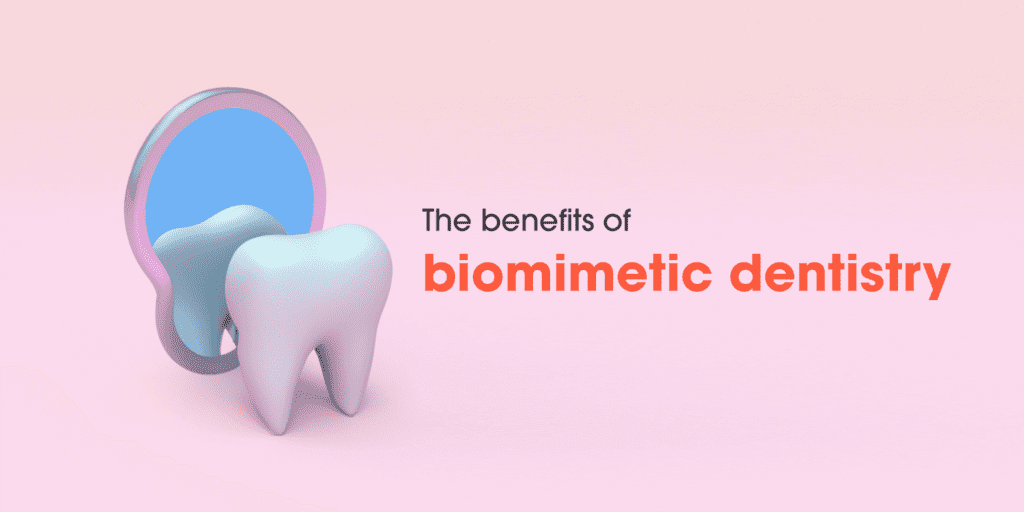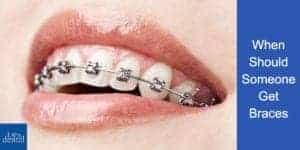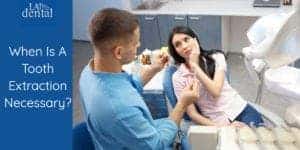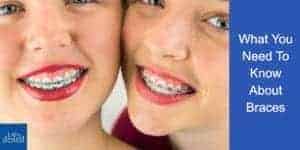Replicate nature to gain a smile that’s not only beautiful but also healthy.
The future of dental care is here. Biomimetic dentistry refers to dental procedures that mimic natural design and function. The main advantage is that you can preserve your teeth. During a biomimetic restoration, more of your tooth is saved, compared to traditional procedures like crowns, which irreversibly remove healthy parts of your tooth. .
Today, biomimetic techniques are leading advancements in preventative, restorative, and rejuvenation dentistry throughout the United States and worldwide.
At our Los Angeles practice, LA Dental Clinic, saving your healthy tooth structure is our highest priority. We believe that biomimetics is better for our patients, because after a biomimetic restoration, teeth chew and behave naturally, giving you a healthier smile. If you are looking for minimally or non-invasive dental restorations or to remineralize teeth, biomimetics is the natural choice.
What is Biomimetic Dentistry?
Biomimetics is not magic, it’s science! Biomimetically restoring a tooth begins with removing decay and cracks. . Biomimetics is rooted science and dentists trained in these principles use specialized dye and high degrees of magnification to prepare teeth. This allows for only the decayed or cracked portion of teeth to be removed, while preserving the healthy portions and prolonging the life of your teeth. Traditional practices remove parts of the tooth, regardless of its vitality. Biomimetic techniques result in a healthier tooth once restored.
Dentists who utilize this technique are known as biomimetic dentists or biomimetic practitioners. With some of the science behind how natural teeth develop, perform, and function, biomimetic dentists create tooth repair treatments that mimic natural anatomical processes.
According to the Academy of Biomimetic Dentistry, dentists who incorporate biomimetic strategies in their patient care practices can achieve a 400% increase in the bonding strength of their restorations. This means smaller and less invasive treatments that preserve as much as natural tooth structure as possible, and last much longer. A traditional crown will last an average of four years and is more likely to become painful. Biomimetic restorations last over fifteen years based on current clinical data.
The History of Biomimetic Dentistry
The phrase biomimetic was coined by biophysicist/biomedical engineer Otto Schmitt in the 1950s. The word comes from the Greek words bios (life) and mimesis (imitation). Schmitt felt that it was necessary to use therapies to imitate nature. One of the first applications of this idea was biomimetic dentistry, which uses natural dental materials, such as porcelain or composite resin, for a minimally invasive approach to oral health care.
How Does Biomimetic Dentistry Work?
Biomimetics repairs teeth by mimicking their natural appearance, biomechanical, and functional properties. Biomimetic dentistry is a technique that combines dental materials with biology to produce results similar to a healthy human tooth. With this technique, even patients with severely damaged or missing teeth can have a replacement that looks and feels like a natural tooth. Biomimetic dentistry frequently involves using biomimetic dental implant coatings of calcium phosphate and hydroxyapatite crystals, chemically bonded to titanium implants, for dental treatment purposes. The newly developed implant coating material allows for better compatibility with the body, improving bone health and acceptance and integration of the restoration.
Why Biomimetic Dentistry is Better
Biomimetic dentistry seeks to create long-lasting restorations that prevent complications experienced with traditional approaches, such as reducing healthy tooth enamel for a full-coverage crown when a more conservative option like inlays or onlays are available. Biomimetic is better because it uses a wide range of materials, such as ceramics, metal alloys, or composites, to provide patients with high-quality, durable restorations that look as natural as possible while bonding closely with the intact structures of your natural smile. The biomimetic approach is better for the patient and reduces care costs by requiring less-invasive treatment techniques that prolong your smile’s overall lifespan and health.
Who Invented Biomimetic Dentistry?
Biomimetic dentistry began in 1955 when Dr. Michael Buonocore published a groundbreaking paper on adhesive dentistry. This paper was important because it showed that specific types of dental materials could maintain a seal for a prolonged time. Indeed, previous restorative materials required the removal of healthy tooth structures to keep them physically wedged into place. These materials and preparations leave the tooth vulnerable to decay and cracks, often leading to root canals or extractions. In biomimetics, a minimally or non-invasive restoration will fuse to the tooth, because it bonds to the healthy parts of your tooth, protecting against bacteria and decay. This not only reduces excess removal of healthy tooth structure, but allows for the restored tooth to behave like a natural tooth.
Eventually, biomimetic dentistry would evolve into what we now know as minimally invasive methods for restoring teeth without drilling and removing healthy tooth material. Examples of biomimetic techniques are air abrasion or composite materials instead of amalgam (silver) fillings.
Is Biomimetic Right for Me?
Biomimetic dentists from LA Dental Clinic conserve their patients’ teeth in as natural a state as possible. We want you to maintain your natural teeth for as long as possible. We do this by using dental materials similar to natural tooth enamel and techniques that help preserve teeth and strengthen the bond of the material to the tooth. Some of the materials and techniques we use are air particle abrasion, to help remove bacteria without removing tooth structure, rubber dam isolation, to help keep the tooth we are working on free of bacteria-containing saliva, gold standard bonding agents (specific science-backed materials that are proven to increase the bonding strength of the restoration to the tooth), and onlays instead of full coverage crowns (this helps preserve the healthy parts of teeth and only remove what is cracked or decayed). Consequently, biomimetic dentistry also helps maintain pulp vitality, prolonging the lifespan of treated teeth.
Rather than asking if biomimetic dentistry is right for you, it’s more appropriate to consider why it isn’t. When given the option of a non-invasive dental restoration and more aggressive treatment, the healthier and more conservative solution is to invest in the health of the tooth you still have. With biomimetic dentistry, we are transforming how our clients view dental care.
Types of Biomimetic Dental Treatments
Minimally invasive techniques often involve remineralizing tooth enamel to reverse early-stage tooth decay before fillings are needed. These treatments are more natural and cost-effective and preserve natural tooth structure. Another example is the composite fillings we use instead of amalgam (silver) dental restorations.
We can improve the likelihood of using biomimetic dental techniques by incorporating early intervention strategies. Regular screenings and remineralization techniques reduce the risk for more aggressive treatment needs in the future, such as root canals or crowns.
Biomimetic Dentists in LA Dental Clinic
Biomimetic dentistry is a cutting-edge discipline that utilizes modern materials, techniques, and technologies to mimic natural processes. It’s important to note that biomimetic dentistry does not focus on a single treatment but implements biomimetic dentistry into every dentist’s restorative service.
At LA Dental Clinic, our biomimetic dentists believe in a natural and holistic approach to preserving your oral health and function. After all, nature knows best.
To learn more about why biomimetic is better or access biomimetic treatment in Los Angeles, call LA Dental Clinic to reserve a no-obligation exam and consultation. You can reach us at (213) 342-6276, or schedule a virtual consultation through our online booking system.



